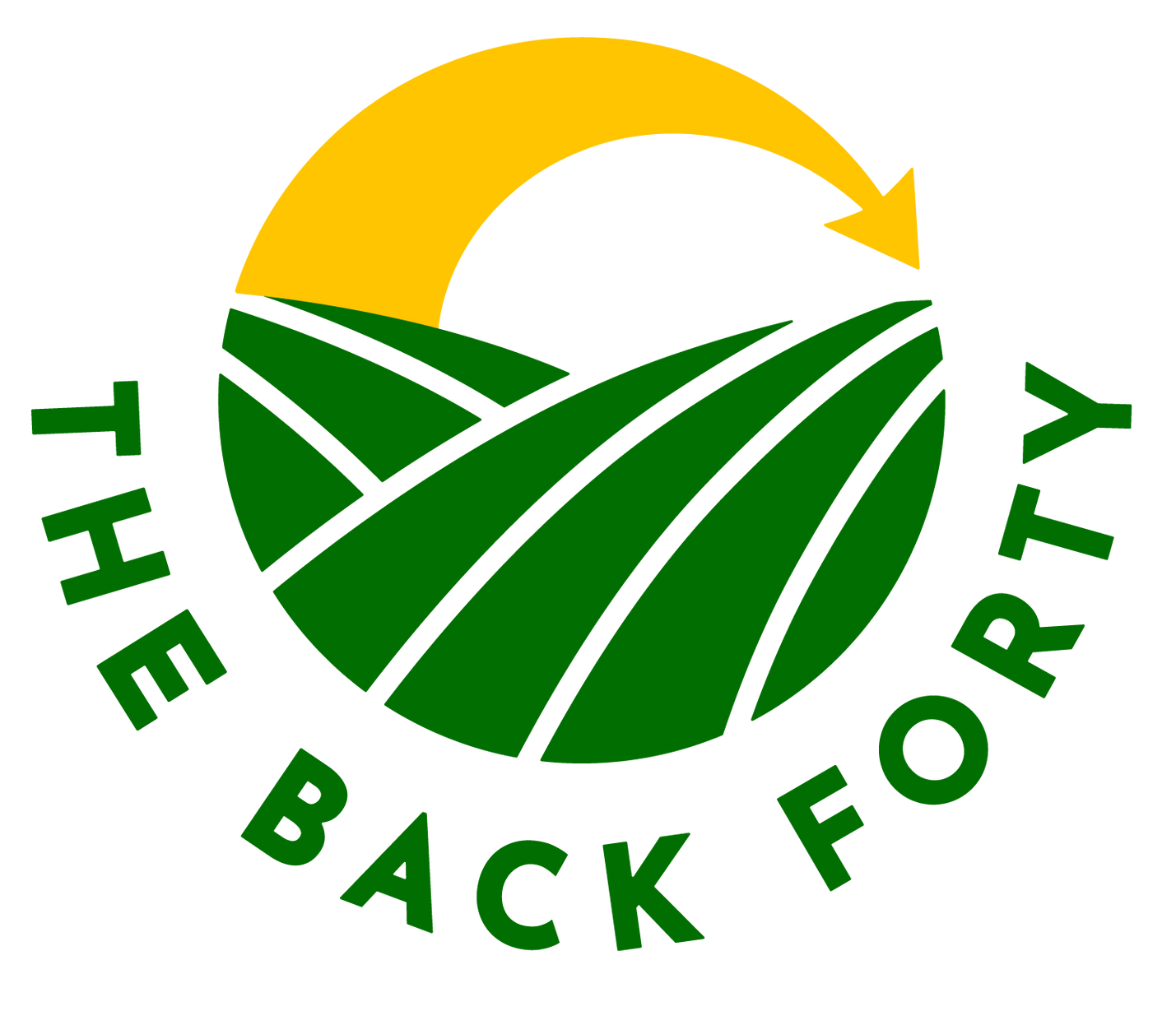Washington D.C.
Growth Summary: Revitalizing Rural America for National Economic Prosperity
America’s rural heartland, particularly the agricultural sector, stands at a critical juncture, one defined by both significant challenge and transformative opportunity. Bold investments, targeted at reshaping rural media and economic infrastructure, have the potential to drive widespread prosperity not only for farmers, but for the entire nation.
Critical Rural Economic Overview
Rural America comprises roughly 60 million people, nearly 1 in 5 Americans, and is responsible for the majority of the food, fuel, and raw materials that power our economy. Yet the last decade has been marked by troubling trends:

• Rural counties lost 2.1 million residents from 2010 to 2022 due to migration and population decline, contributing to local market contraction.
• Over 30% of U.S. farms have disappeared since 1982, and between 2012 and 2022, the number of farms shrank by 7%, with over 141,000 farms shuttered.
• Rural hospital closures have increased by 45% in the last decade, impacting access to healthcare for millions.
• One in four rural children now lives in poverty, and rural schools close at double the rate of their urban counterparts.
• In 2023, net farm income dropped by over 16% after a brief post-pandemic climb, due to shifting commodity prices, market volatility, and policy uncertainty.
These statistics reflect not just a rural crisis, but an American one, because a struggling rural sector ripples through national food security, supply chain stability, and the broader economy.
The Media Gap and Its Impact on Economic Policy
A significant factor driving rural decline is the dominance of a narrowly-focused media environment. Conservative-backed voices, funded by organizations such as the Heritage Foundation, control much of the information flow via AM radio and podcasts, shaping public opinion and policy outcomes. This concentrated narrative has contributed to legislative decisions that undermine rural economic stability, accelerate the decline of family farms, and limit innovation and investment.
An Alternative with Nationwide Impact
Now, the landscape is shifting. Both legacy farmers and a new generation of rural residents are recognizing the need for data-driven, pragmatic solutions. Key voters across the spectrum are actively seeking alternatives rooted not in partisanship, but in economic common sense.
With the right leadership and investment, we can introduce a fundamentally better model, one that delivers accurate information, actionable policy guidance, and economic resources tailored to rural needs while linking rural prosperity to national wellbeing.
Strategic Solution: The Back Forty
The Back Forty, founded by Will Westmoreland, a farmer and rural policy expert, has already tapped into this desire for change. Over the past six months, The Back Forty has grown exponentially across digital platforms and media appearances, reaching nearly one million followers and gaining support from previously disengaged rural and small-town Americans.
Our initiative is guided by three pillars:
1. Trusted Outreach: Leverage Will’s authentic rural voice, to communicate directly with communities, providing clear, practical analysis on policy and economic trends.
2. Fact-Based Media Content: Counteract misinformation with expert-led, data-backed reporting that empowers rural Americans to make informed choices, good for local governance and national policy alike.
3. Targeted Investment for Broad Returns: Channel capital into scalable media and advocacy infrastructure that promotes sustainable farming, education, and healthcare, driving demand for U.S.-made goods, stabilizing supply chains, and strengthening both rural and overall American economic resilience.
The Broader Upside
Investing in The Back Forty isn’t just charity for rural America. It’s a strategic investment in the U.S. economy. Rural industries, agriculture, biofuels, and manufacturing, provide over $2.6 trillion annually in economic output and support millions of urban jobs through direct supply-chain relationships. When rural communities thrive, so does the nation’s economic engine.
Your investment will empower The Back Forty to scale operations, reach millions more Americans, and reshape the policy dialogue. This is not merely a rural recovery plan, it’s a blueprint for national prosperity, food security, and economic competitiveness.
Contact:
Billy Pollina
The Back Forty
